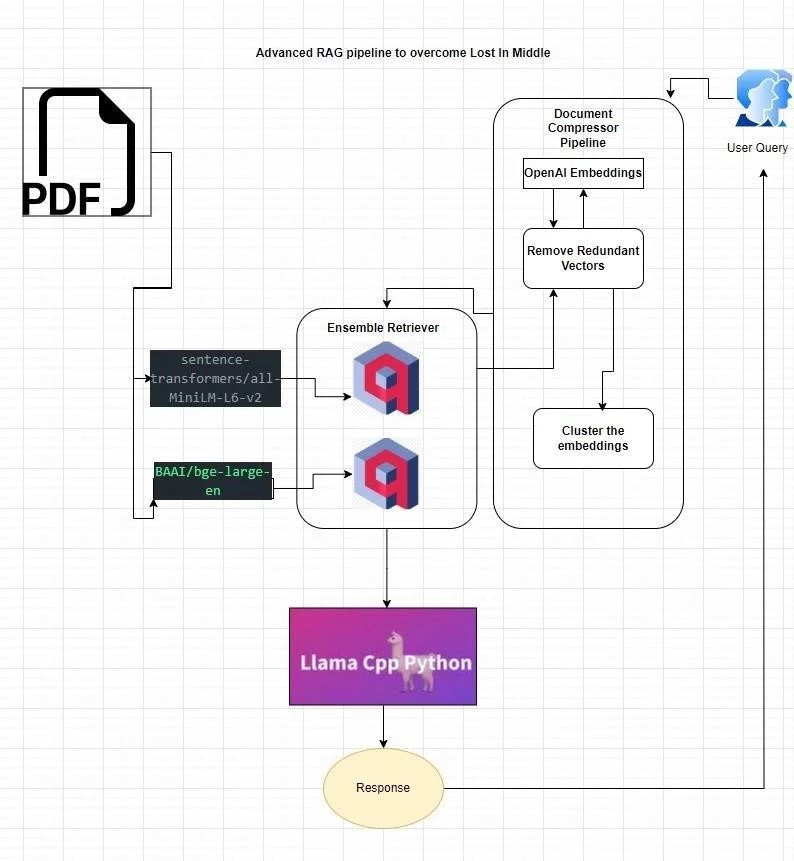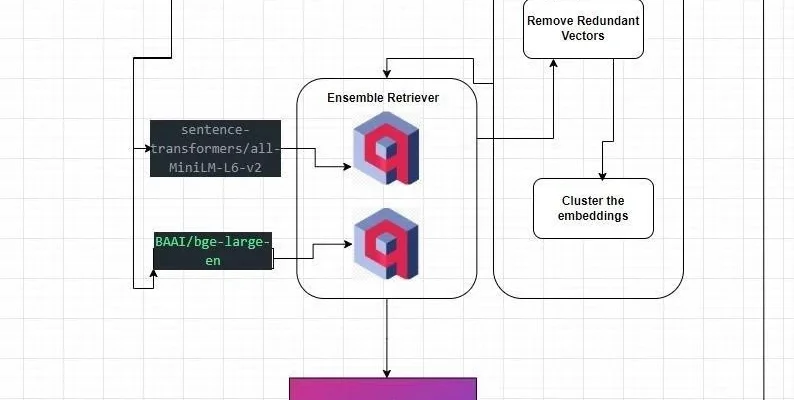In a world that thrives on linear progressions and straightforward answers, the concept of circular thinking is both intriguing and perplexing. Circular thinking, often dismissed as a logical fallacy, invites us to explore a realm where queries loop back upon themselves, offering a unique perspective that challenges conventional wisdom.
The Essence of Circular Thinking
At its core, circular thinking is about understanding ideas and problems not through a linear progression but through a looping, recursive lens. It’s akin to a query in a circle—a question that leads back to its origin, encouraging deeper reflection and insight. This approach can be both a strength and a weakness, offering profound insights or trapping us in endless loops of reasoning.
The Historical Context
The roots of circular thinking can be traced back to ancient philosophy, where it was employed as a tool for exploring paradoxes and the nature of knowledge itself. Philosophers like Zeno and Socrates used circular arguments to provoke thought and debate, understanding that sometimes the journey of questioning is more valuable than the destination.
Circular Thinking in Modern Contexts
In modern times, circular thinking finds its application in various fields, from design thinking to systems theory. In design, it encourages iterative processes where solutions are continuously refined. Meanwhile, in systems theory, it helps in understanding complex, interconnected systems where one element’s outcome feeds back into another.
Implications of Circular Thinking
The implications of adopting a circular thinking approach are profound. On one hand, it can foster creativity and innovation by allowing for non-linear exploration of ideas. On the other hand, it can lead to analysis paralysis, where decisions are endlessly debated without resolution.
Benefits of Circular Queries
- Enhanced Creativity: Circular queries encourage thinking outside the box, leading to novel solutions and ideas.
- Deeper Understanding: By revisiting the same question from multiple angles, we achieve a more nuanced understanding.
- Resilience in Problem-Solving: This approach builds resilience by teaching us to accept uncertainty and ambiguity as part of the process.
Challenges and Drawbacks
- Potential for Stagnation: Without clear resolution paths, circular thinking can result in stagnation and indecision.
- Cognitive Overload: The mental gymnastics required can be exhausting, leading to burnout.
- Misinterpretation: It can be misconstrued as circular reasoning, a logical fallacy that undermines arguments.

Navigating the Circular Mind
To harness the power of circular thinking effectively, it’s crucial to balance open-ended inquiry with actionable insights. Setting boundaries and defining endpoints can help mitigate the potential downsides, while still allowing the creativity and depth this approach offers.
Ultimately, understanding and embracing the query in a circle can unlock new dimensions of thought, transforming how we approach problems and innovate solutions. By appreciating its complexity, we can use circular thinking to enhance our cognitive toolkit, navigating the intricacies of the modern world with agility and insight.
As we continue to explore this fascinating concept, one thing is clear: the journey of a circular query is as significant as its ultimate resolution, offering a continuous loop of learning and growth.


The article provides a fascinating insight into how circular thinking can be both beneficial and challenging. It really made me think about how often we use this method without even realizing it.
A well-written piece that challenges conventional wisdom by introducing the concept of circular thinking. It offers a fresh perspective on problem-solving that I found very engaging.
The application of circular thinking in design and systems theory is particularly enlightening. It shows how versatile this approach can be across different disciplines.
I love the way the article explains circular thinking as a tool for creativity and innovation. The idea of questioning leading back to its origin is quite intriguing.
I appreciate the historical context provided. It’s interesting to see how ancient philosophers used circular arguments to provoke thought, and how it still applies today in various fields.
This article does a great job of explaining how circular thinking can lead to both innovation and analysis paralysis. It’s a delicate balance but definitely worth exploring further.